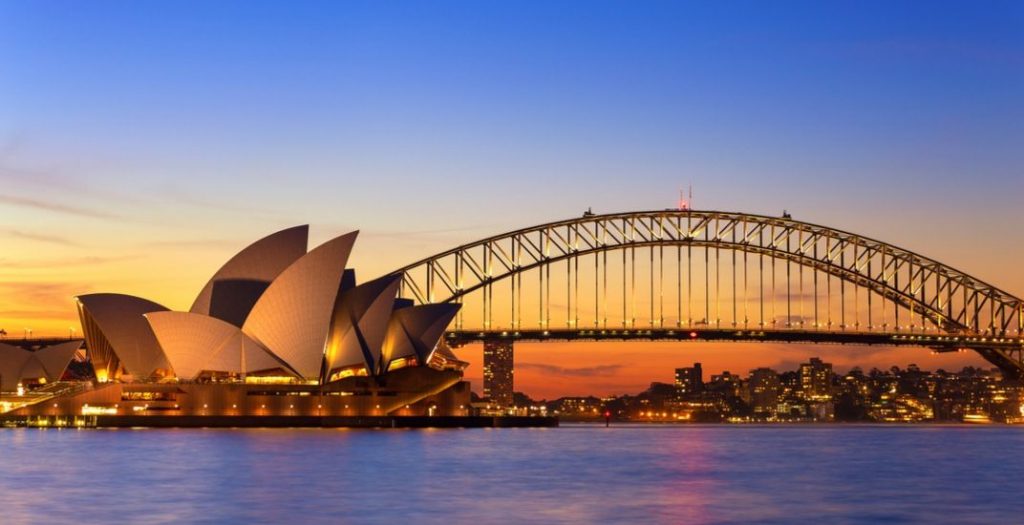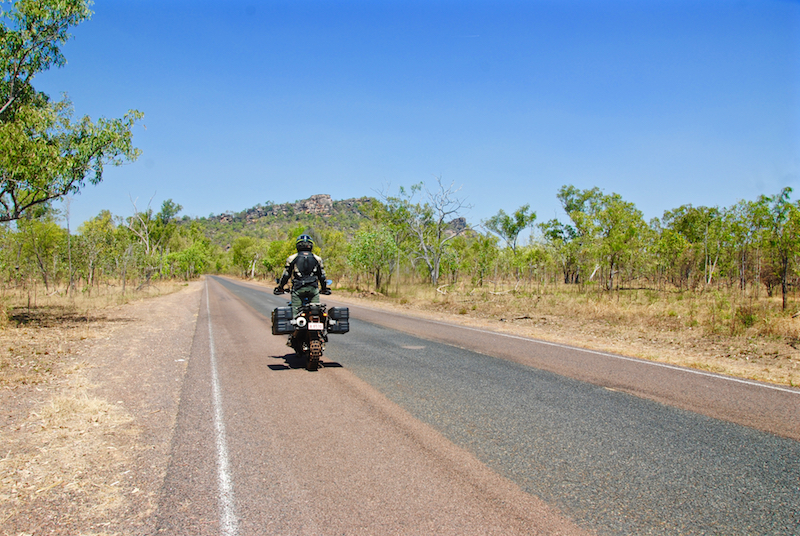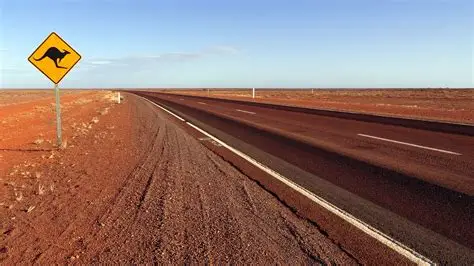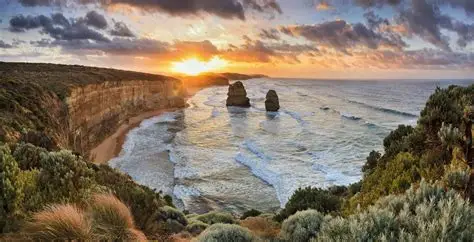Rides
Eyre Highway, South & West Australia
Melbourne to Adelaide, Victoria & South Australia
Oxley Highway, New South Wales
South East coast, New South Wales & Victoria
Stuart Highway, North & South Australia
Tazmania

Requirements
| Carnet de Passage | required |
| Insurance | compulsory third party insurance |
| International driving permit | require IDP 1949 |
| Travel Visa | e-visitor, 90 days per calendar year |
Riding in Australia.
You need understandable documents.
It is also worth printing off the Constat Amiable D’accident Automobile, which is used across numerous and other countries (the downloadable one on our website has English as well as French).
A full bike license is essential.
To ride in Australia, you need a full UK bike licence, which authorises you to ride in your home country. Therefore, if you have a restricted licence in the UK, you cannot ride an unrestricted bike in Australia.
If you take your bike there, your taking your bike back.
Your bike will be registered entry into Australia and you must leave with your bike. customs officers are meticulous. If you leave the Kingdom you must have your vehicle entry papers stamped having the country. If you cross the border and intend to return, must go through the entire process again. This is to prevent vehicle smuggling.
Rules of the Road
Safety first
Always wear protective gear and ensure your motorcycle is well-maintained. Regularly check tire pressure, oil levels, and brakes. Carry spare parts and tools for minor repairs.
Avoid driving at night, especially in rural areas, as wildlife tends to be more active and can pose a hazard to motorists. It’s also important to be aware of the road conditions and hazards, including unpaved roads, flooding and weather conditions.
Be aware of road trains, which are long transport trucks that can be several kilometers long. These vehicles can create significant wind gusts and take longer to stop than regular vehicles.
Navigation
Use a reliable GPS or map. Mobile phone coverage can be spotty in remote areas, so have physical maps as a backup. Inform someone about your route and expected arrival times.
Fuel and Supplies
Fuel stations can be far apart, especially in remote areas. Fill up whenever possible and carry extra fuel. Stock up on water and snacks to stay hydrated and energized.
Respect wildlife and environment
Australia’s roads are home to diverse wildlife. Be cautious, especially at dawn and dusk when animals are most active. Adhere to speed limits and road signs to ensure safety.
Enjoy the journey
Take time to appreciate the stunning landscapes, local culture, and hidden gems along the way. Stop at scenic lookouts, local cafes, and roadside attractions to make the most of your adventure.
A few tips while riding around Australia
In Australia, the roads are generally well-maintained. But it’s important to be prepared for various road conditions, especially if you venture off the main roads. Here are some tips to keep in mind while on the road:
- Drive on the left-hand side of the road in Australia.
- Observe the speed limits. The maximum speed limit on highways is typically 110km/h, although it can vary in certain areas. In built-up areas, the speed limit is usually 50 km/h.
Highways in Australia are typically toll-free. Except around major cities like Sydney, Brisbane and Melbourne where electronic tolling is in place. It’s important to pay the toll online, as there are no payment counters on the road sections.



Please note, this page was correct when written in November 2025.
